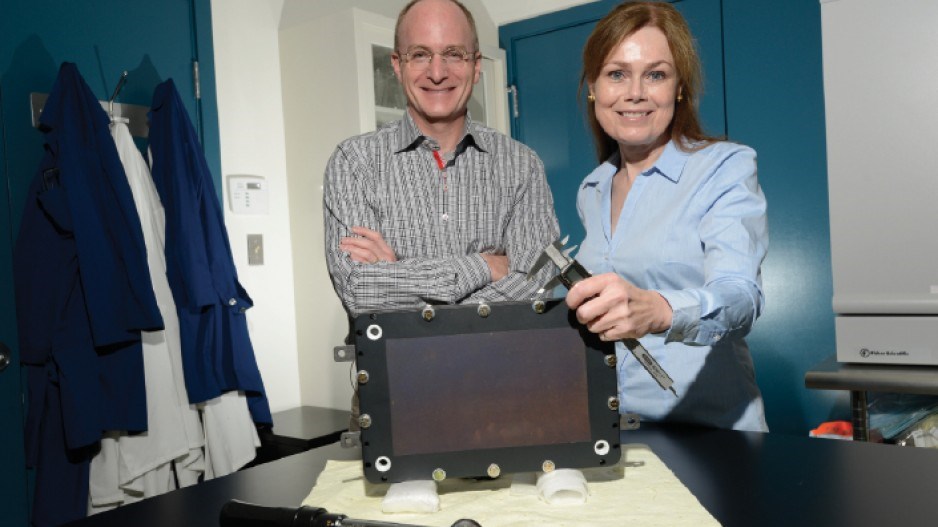Venture capital investment in Canadian clean tech has undergone a fundamental change, according to investors and executives involved in the sector.
Gone are the days of funding large demonstration projects with no clear path to liquidity. Only companies positioned to fill a current or emerging market need are getting financed.
And that's a good thing.
Michael Goldstein, chief executive officer of Growthcorp Partners, a Vancouver-based firm that advises private equity investors on acquisitions, said there's nothing new in venture capitalists seeking a return on their investment.
However, the difference now, he said, is that "deals getting done today are going to have a near-term application. It is very hard to fund something that has a large [capital expenditure] component to, for instance, build infrastructure."
While the focus of clean-tech investments may have shifted, it hasn't increased investment in the sector. In 2013, venture capital invested $216 million in Canadian clean-tech companies. That's up from $156 million in 2012, but down significantly from a high of $599 million in 2010.
Goldstein – a former Ballard Power Systems (TSX:BLD) executive and the moderator of a clean-tech panel at a University of British Columbia conference late last month – also suggested that for the Canadian clean-tech industry to flourish, it should focus on producing new technologies for the country's conventional industries such as mining or oil and gas.
By working to innovate those long-standing industries, clean-tech companies are likely to get more traction.
"We are not Silicon Valley," said Goldstein. "We have our own strengths, and we should be playing to those strengths."
Historically, the clean-tech industry has, in part, traded on the fact that its companies offer a public good – cleaner sources of energy, more efficient electrical grids or innovative batteries to better store energy, to name but three examples.
There has been debate in the industry about whether that assumed societal benefit should be routinely highlighted to help attract venture capital investment or government subsidies.
Jonathan Rhone, president and chief executive officer of Vancouver's Axine Water Technologies and a participant on the panel Goldstein moderated, said those in the clean-tech industry are "well aware of the public good" their companies offer, but those philosophical underpinnings won't necessarily lure any money.
"If we are talking about what makes a good investment, I think we have to separate what our personal views are and what constitutes the criteria for what will attract investors," said Rhone. "Investors tend to be much more return-driven. It's hurt our industry in the past. We have to get back to talking about the needs of our customers."
Axine Water, which has developed a technology that treats pollutants in waste water, received about $2 million in venture capital funding from Chrysalix Energy Venture Capital and the Business Development Bank of Canada in 2013.
Examples of clean technology
Clean energy:
- Wind
- Solar
- Biomass
Efficiency:
- Smart grids
- LED lighting
- Semiconductors
Transportation:
- Alternative fuel consumption
- Fuel/charging infrastructure
- Fleet management
Energy storage:
- Batteries
- Thermal storage
- Hydrogen storage
Air and environment:
- Bioremediation
- Waste treatment
- Emissions control
Source: Axine Water Technologies presentation




